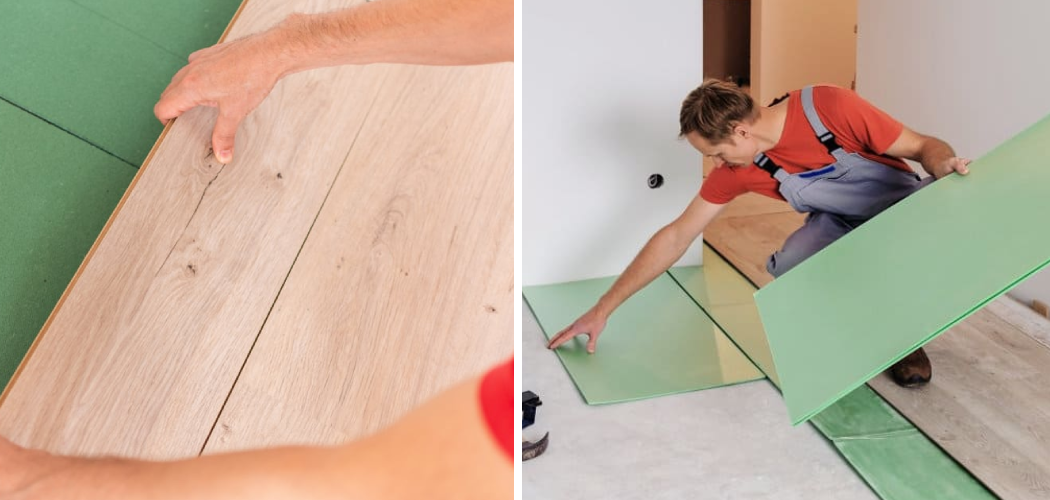Hardwood floors are an incredibly stylish choice, but they can also be notoriously noisy. Whether you’re trying to keep sound from traveling between floors or rooms or just want to reduce the noise of walking across your hardwood floor, soundproofing your hardwood floor is a great way to increase comfort and privacy in your home.
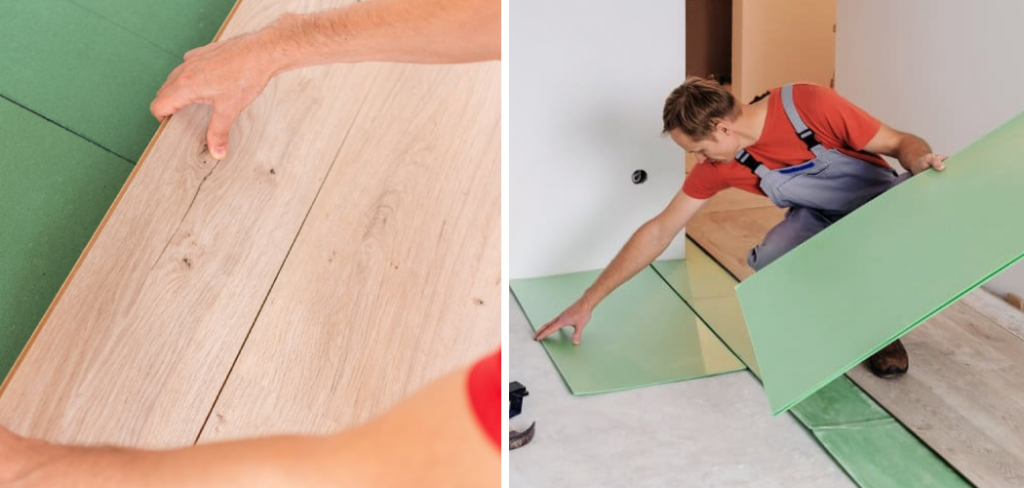
One of the main advantages of soundproofing hardwood floors is that it can significantly reduce noise levels. By preventing sound from traveling through the floors, you can enjoy peace and quiet in your home or business. Soundproofing also helps to create a more comfortable atmosphere by reducing echoes and reverberation. In this blog post, You will learn how to soundproof hardwood floors.
Step-by-Step Processes for How to Soundproof Hardwood Floors
Step 1: Inspect the Floor
Before you start soundproofing your hardwood floor, it’s important to inspect the floor for any existing damage. Look for cracks or loose boards that could affect the soundproofing process. Once you’ve inspected the floors, remove any furniture and carpet that may be present on the surface. This will help to ensure the soundproofing process is successful.
Step 2: Clean the Floor
After removing furniture and carpet, clean the floor with a vacuum or dust mop. This helps remove any dirt and debris that could compromise soundproofing. Sealing gaps and cracks in your hardwood floor is an important step in soundproofing. Use a sealant to fill any gaps or cracks, and ensure it’s scorched before proceeding.
Step 3: Apply Foam Mats
Place foam mats on the floor once you’ve sealed all the gaps and cracks. This will help to absorb sound and reduce noise levels in the room. Acoustic boards can be installed below or above your floor to provide an additional layer of soundproofing. Make sure you follow the manufacturer’s instructions for best results.
Step 4: Place Rugs & Carpets
Placing rugs and carpets on top of your hardwood floors is another great way to soundproof your room. The thicker the rugs and carpets, the better they’ll be at absorbing sound. Installing drywall sheets can also help to reduce noise levels in a room. Choose sheets designed specifically for soundproofing and follow the manufacturer’s instructions for installation.
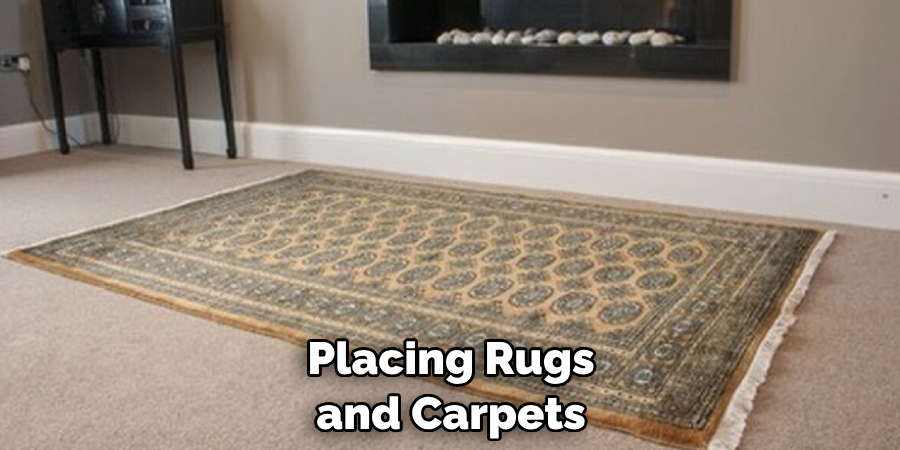
Step 5: Hang Sound Absorbing Curtains
If you want to reduce sound from outside noise, hanging curtains or drapes can help absorb some of the sounds. Choose heavier fabrics and opt for darker colors for best results. Replacing your existing windows and doors with soundproof alternatives can effectively reduce noise levels in the room. Look for products that are specifically designed for soundproofing.
Following these steps will help you successfully soundproof your hardwood floors and reduce noise levels in the room. With a bit of patience and some quality materials, you’ll be able to enjoy a quieter living space in no time.
Tips for How to Soundproof Hardwood Floors
- Wear safety glasses and gloves during installation to protect yourself from particles and debris.
- Make sure your floor is dry before soundproofing it. Moisture can cause the soundproof material to absorb into the wood, reducing its effectiveness.
- Seal any cracks or gaps in the floor with caulk before installing soundproofing materials.
- Choose the right type of soundproofing material for your hardwood floor. Some materials are designed specifically for wood floors, while others may not adhere properly and could cause damage.
- Use a tape measure to ensure you purchase enough soundproofing material for the entire floor area. Too little might mean it won’t be as effective at reducing sound.
- Use proper tools when installing the material, such as a hammer, screwdriver, and drill.
- After installation, check for any loose pieces or areas where the material isn’t adhering properly and fix or replace them if necessary.
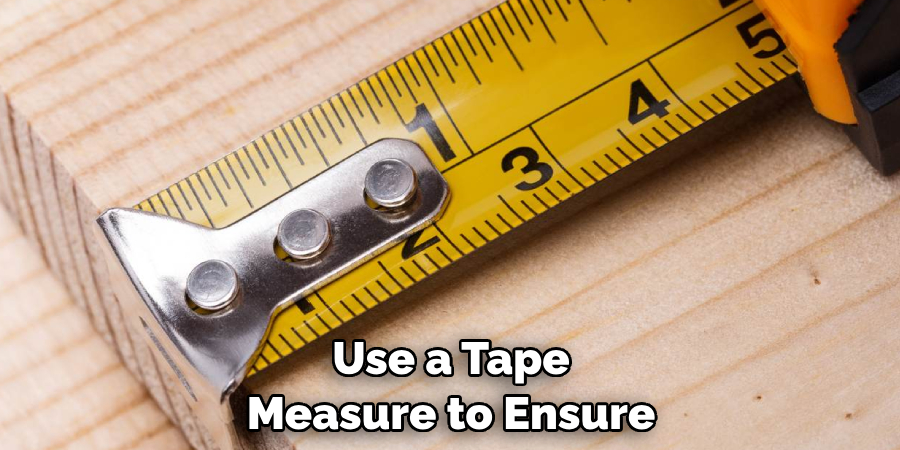
Following these tips can help ensure that you are safely able to soundproof your hardwood floor and maximize its sound absorption properties. Soundproofing your floor can be a great way to reduce noise levels in the home, whether from outdoor sources or other rooms.
What Types of Materials Are Best for Soundproofing Hardwood Floors?
Soundproofing hardwood floors can be achieved with various materials, depending on the level of noise reduction desired. Generally, thicker and denser materials are more effective at soundproofing than thinner or lighter materials. One popular option for soundproofing hardwood floors is to install underlayment.
This thin material serves as a barrier between the subfloor and the flooring material. Underlayment is typically made out of foam or rubber, both offering good sound reduction capabilities due to their thickness and denseness.
Another popular option for soundproofing hardwood floors is acoustic insulation. This involves installing batts of insulation between the joists under the floorboards. Acoustic insulation is designed to absorb sound waves, making it an effective way of reducing noise levels.
If you’re looking for a more permanent solution, you can also consider installing mass-loaded vinyl (MLV) on top of your hardwood floors. MLV is a dense material designed to block out sound waves and reduce reverberation in the room.
How Can You Reduce the Amount of Noise Coming From Underneath Your Hardwood Floors?
Noise from underneath your hardwood floors can be an annoying problem, but there are some practical and creative ways to soundproof them. Here are a few suggestions that can help reduce the noise:
- Add carpet or rugs to the surface of your floor – Carpeting is one of the most effective ways to absorb sound waves, and it can be used to reduce noise from underneath your hardwood floors. Add area rugs or even wall-to-wall carpets to the areas where sound is an issue.
- Install acoustic underlayment – Acoustic underlayment is a material designed to absorb sound waves and dampen their impact within the room. It’s usually made of foam, rubber, cork, or a combination of these materials and can be installed beneath the hardwood flooring.
- Hang acoustic panels – Acoustic panels are tiles or sheets of material designed to reduce room noise levels. These materials can be hung on walls or ceilings near noise sources (such as underneath the hardwood floors) to reduce their impact.
- Seal gaps and cracks – If gaps or cracks exist between pieces of wood, make sure to seal them with caulk or putty to minimize the transmission of sound through these openings. This will help keep the noise levels down and ensure a more peaceful environment in your home.
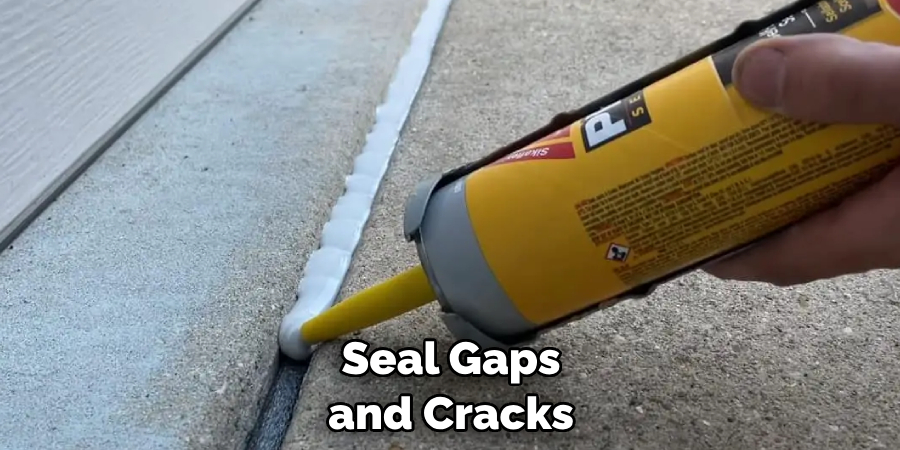
By following these tips, you can reduce the amount of noise coming from underneath your hardwood floors and create an environment that is more conducive to relaxation.
How Often Should You Replace Soundproofing Material on Hardwood Floors?
If you want to keep your hardwood floors soundproof, it is important to inspect and replace the soundproofing material regularly. Generally, inspecting the material every six months and replacing any worn or damaged pieces is recommended. Inspections should be done more often if there are high levels of foot traffic on the floor – for example, in a commercial setting.
To inspect the soundproofing material, you should look for any signs of damage or wear. For example, you should check to see if the material is coming apart at the seams or if there are any rips or tears.
You may also want to check for scratches that can weaken the soundproofing’s effectiveness over time. Additionally, certain materials may require sealing or coating to maintain their effectiveness. If any of these issues are present, replacing the soundproofing material as soon as possible is best.
Is There a Way to Fix Existing Floors That Are Not Soundproofed?
Yes, there are ways to soundproof existing hardwood floors. Depending on the severity of the noise issue, you may want to consider one of the following methods:
- Adding mass or extra layers: Adding another layer of material, such as cork, rubber, or foam, can help block out sound by increasing the mass between two surfaces. This is a great option if you want to maintain the look of your hardwood floor.
- Using acoustic sealant: Acoustic sealants are designed for soundproofing and can be used in certain floor areas to reduce vibrations and noise.
- Adding decoupling materials: Decoupling materials such as dampening mats or carpets can help absorb sound before it reaches the hardwood floor.
- Installing baffles: Baffles are a type of acoustic barrier that can be installed between your subfloor and the hardwood surface to absorb vibrations and sound.
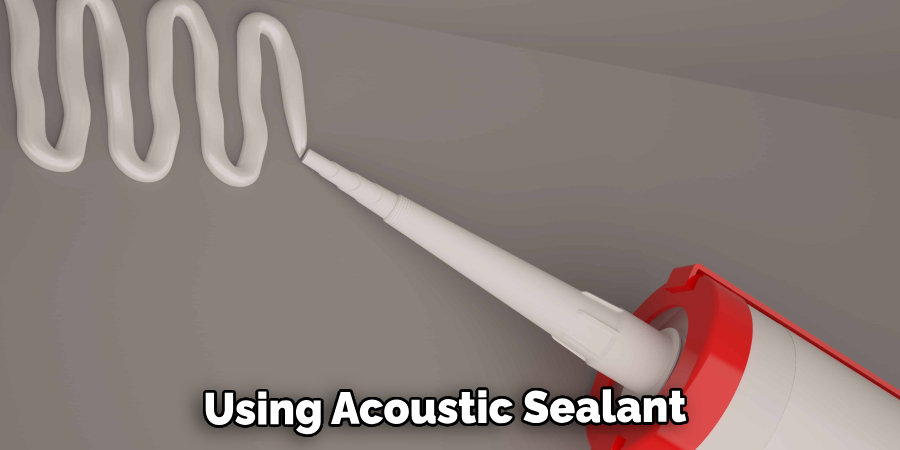
No matter which method you choose, make sure to do careful research before starting any project, as incorrect installation could damage your floors or cause more noise problems. If you’re not comfortable doing the work yourself, it’s best to contact a professional for advice and help.
Are There Any Long-term Maintenance Tips You Should Follow?
To ensure your hardwood floors remain soundproof for years to come, you should follow a few maintenance tips. First, make sure to routinely check the sealant around the edges of your flooring and doorways. If any cracks or gaps appear, use caulk or expanding foam to fill them in quickly. This will prevent air from traveling through the gaps and reduce noise leakage.
Second, periodically inspect your flooring for any loose boards or weakened edges. If you notice this happening, you may need to replace some planks or add insulation beneath them to keep sound from traveling through.
Finally, if your floors are exposed to a lot of moisture or wear and tear, make sure to clean and seal them properly. This will help protect the soundproofing materials’ integrity and prevent dirt and debris from collecting in crevices and making it difficult for sound to travel through.
What Should You Look for When Buying Soundproofing Materials?
When shopping for soundproofing materials for your hardwood floor, there are several things to consider. First, ensure that the material is specifically designed for use on wood surfaces. This will ensure that it adheres properly and provides effective noise reduction. Additionally, look for materials that have a high sound absorption rating as this will help you better control the noise in your home.
If you have a boisterous space, it may be worth investing in soundproofing with greater absorption capabilities. Lastly, consider the cost of the material; soundproofing can be an expensive project, and it’s important to find a solution that fits within your budget.
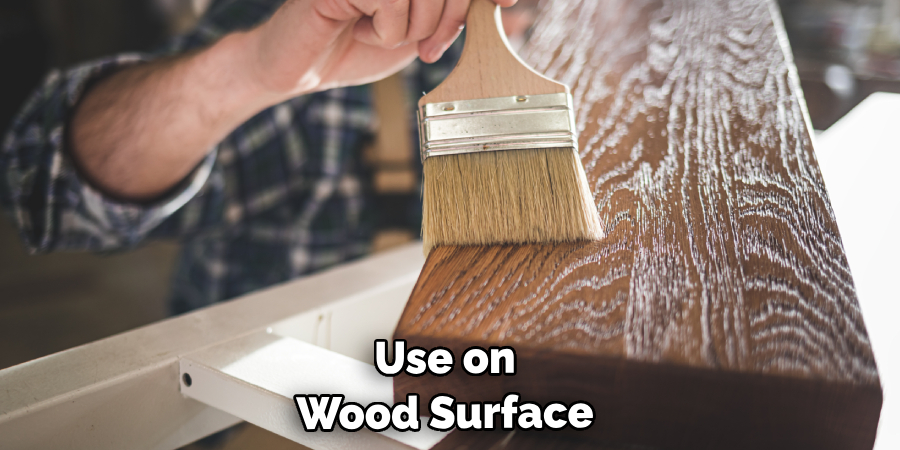
Conclusion
In conclusion, soundproofing hardwood floors is possible and does not have to be an overly expensive or difficult. Whether you’re looking to reduce footstep noise, machinery noises, or just general background noise, there are numerous ways that you can go about soundproofing your hardwood floor.
You can use materials such as mass-loaded vinyl, foam mats, and acoustic panels for the best results. You can also use DIY methods such as using rugs and furniture or even placing vibration-dampening mats under your appliances. I hope this article has been beneficial for learning how to soundproof hardwood floors. Make Sure the precautionary measures are followed chronologically.
